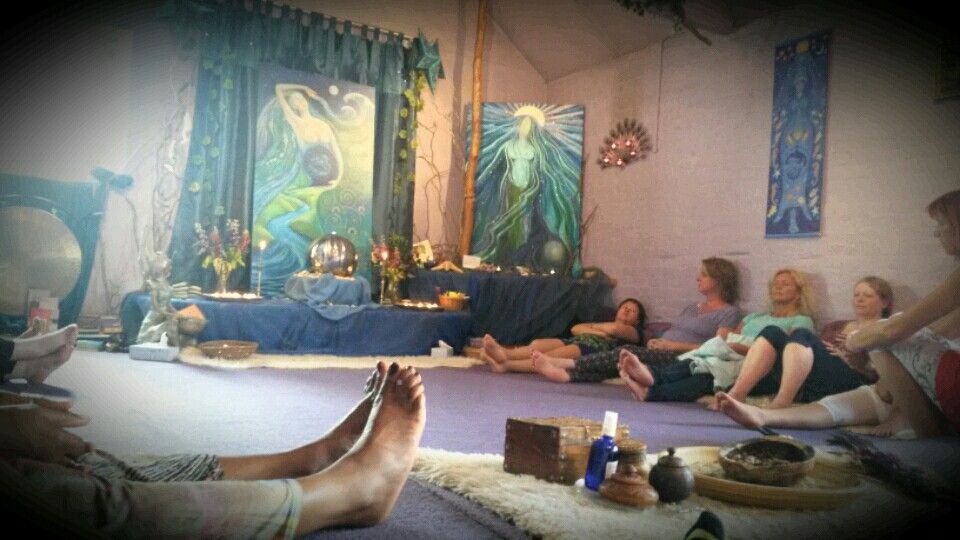

One of our party was on crutches, having sustained a lower leg fracture 6 weeks before our trip. It’s quite steep in places & not suitable for anyone with walking difficulties. It’s thought that they were used for agricultural purposes by the monks but may have had a symbolic origin. We could clearly see the tiered structures, which have been compared to a Step Pyramid. Sheep graze the tiered hillside today, to keep the strange, labyrinth-type structures visible & to prevent overgrowth, so the spectacular views are preserved. There is a circular metal tablet, near the tower, showing the directions of well-known towns & points of interest both nearby & some distance away. There’s an information board inside, explaining about the Tor & tower’s history, plus how the last abbot was hanged up there in 1539. The last, visible, remaining artifact is the 14th Century St.

Some believe that Joseph of Arimithea founded a settlement here, in 63AD the 1st Christian community. It’s been a place of Pilgrimage for over 10,000 years & archaeologists have discovered remains of Pagan tombs, monasteries & churches throughout the ages, including Roman remains, as well. Seeing the beautiful landscape, as it is today, makes it a little hard to envisage what it would have been like centuries ago because, before modern drainage, the Tor would have towered as an island (Isle of Avalon) above the flooded Somerset levels.

The views, en route, & from the top, are stunning &, on a clear day, such as we experienced, one can see the 3 counties of Somerset, Dorset & Wiltshire. We climbed the Tor one sunny morning (158m/520’). Foreign travel is enjoyed by so many, these days that it’s easy to forget about the amazing, noteworthy sites within the UK. Fascinating history, plus Arthurian legend & mythology are attached to this impressive hill, so it’s one of the first places I visited (with a group of friends) during our 5 day stay, in Glastonbury, in Aug ’11.


 0 kommentar(er)
0 kommentar(er)
